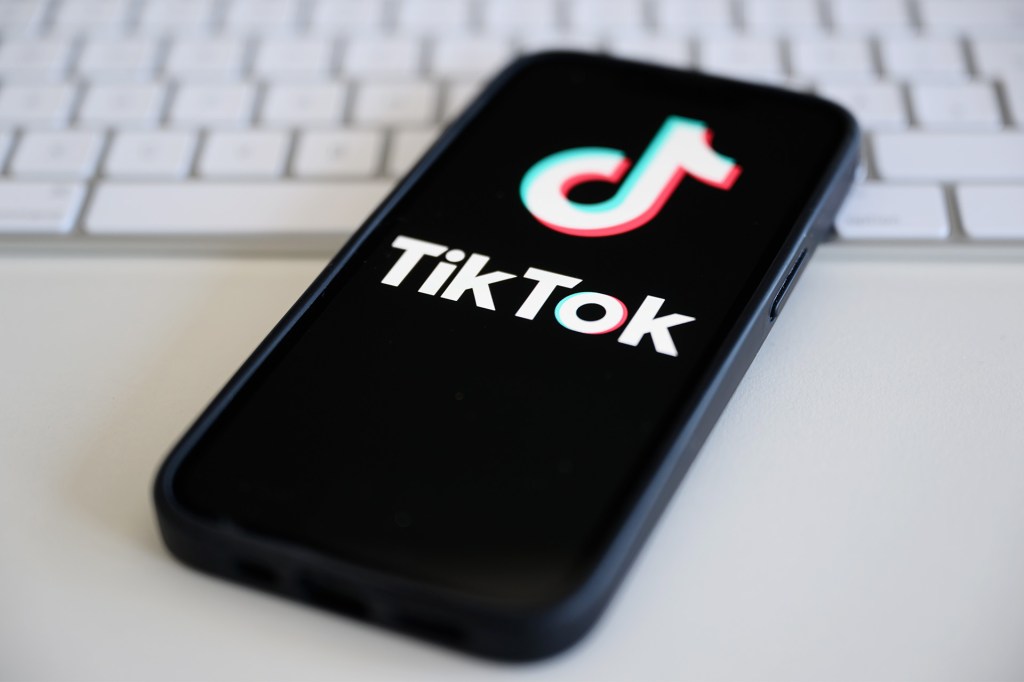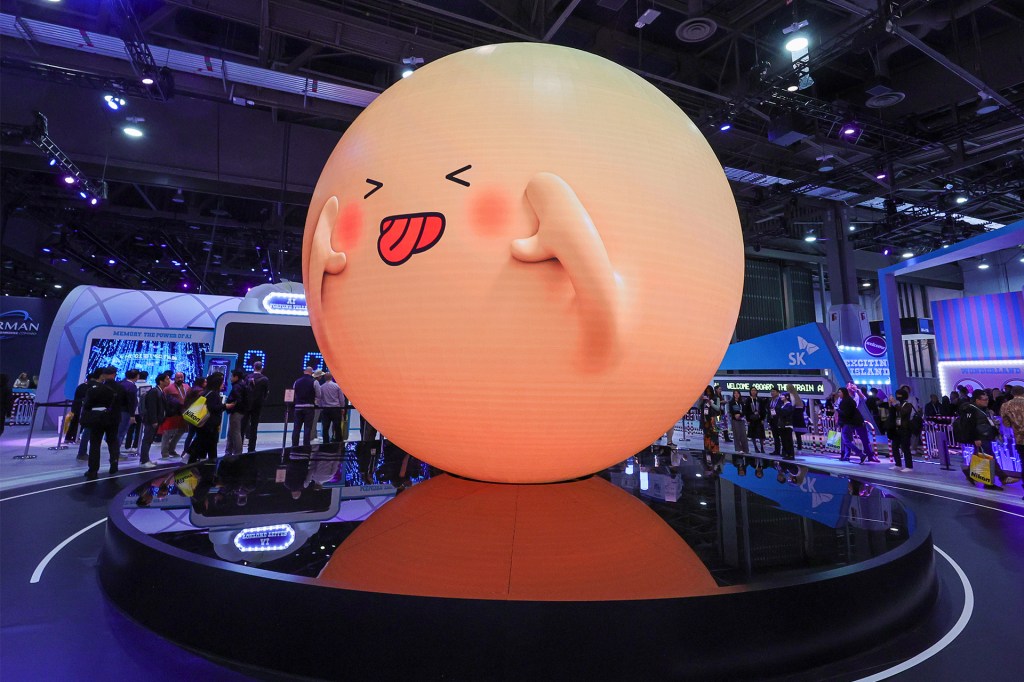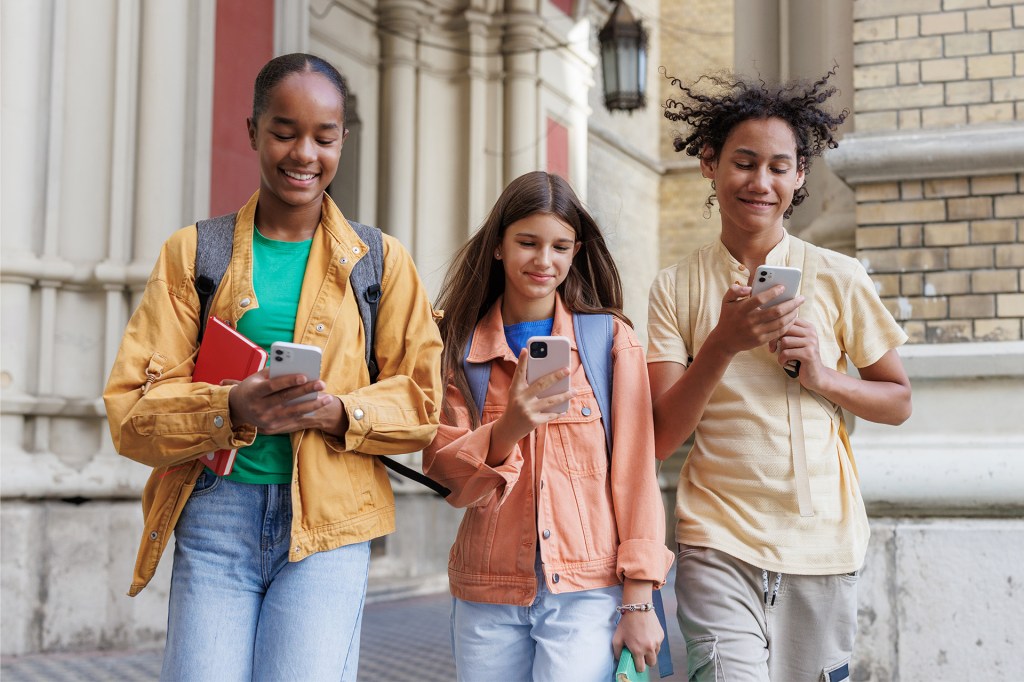Game Changer
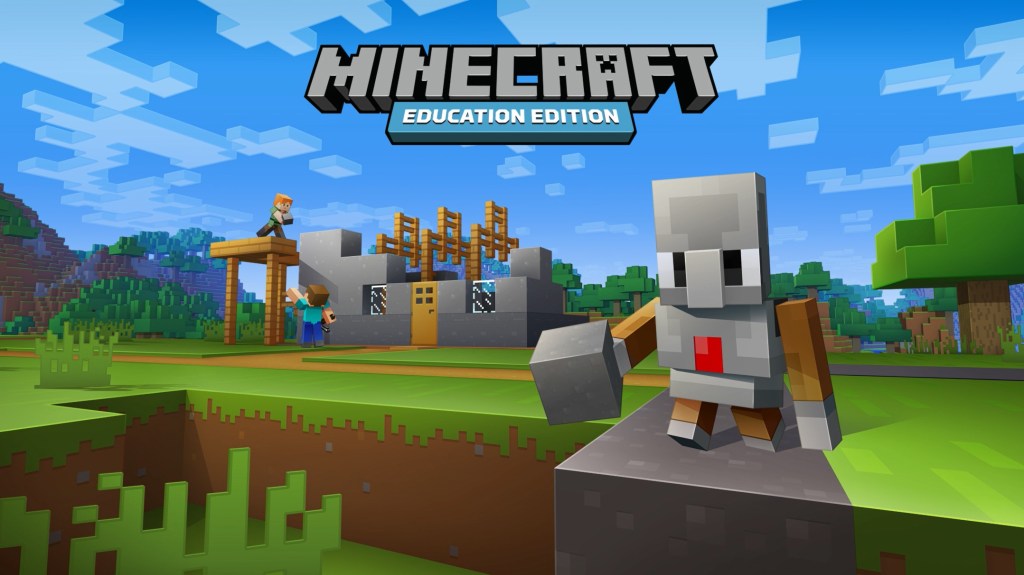
Chris Aviles runs an Innovation Lab at Knollwood School. The Innovation Lab is for fifth graders. The school is located in Fair Haven, New Jersey.
Students in the class have three options. They can create and edit videos. They can work on a podcast. Or they can play a video game. Most kids choose the game. It’s called Minecraft: Education Edition (E.E.).
“[The game] teaches us to create and solve new challenges,” R.J. McCormack, 12, told TFK. R.J. is one of Aviles’s former students.
Sweet Success
The game launched in 2009. Players can be very creative. They can build 3D worlds with virtual
virtual
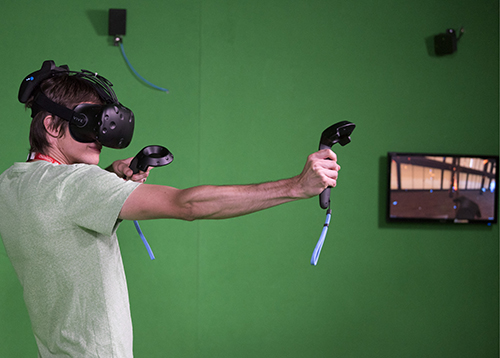 NURPHOTO/GETTY IMAGES
not physically existing but made by software to appear to exist
(adjective)
She enjoyed playing the virtual role-playing game with her online friends.
blocks. The game has been very successful. It had sold more than 122 million copies. It is one of the best-selling computer games of all time.
NURPHOTO/GETTY IMAGES
not physically existing but made by software to appear to exist
(adjective)
She enjoyed playing the virtual role-playing game with her online friends.
blocks. The game has been very successful. It had sold more than 122 million copies. It is one of the best-selling computer games of all time.
Joel Levin teaches second grade. He teaches in New York City. He created MinecraftEdu in 2011. It soon spread to classrooms throughout the world.
Microsoft bought the game from Levin. It changed the name to Minecraft: E.E.
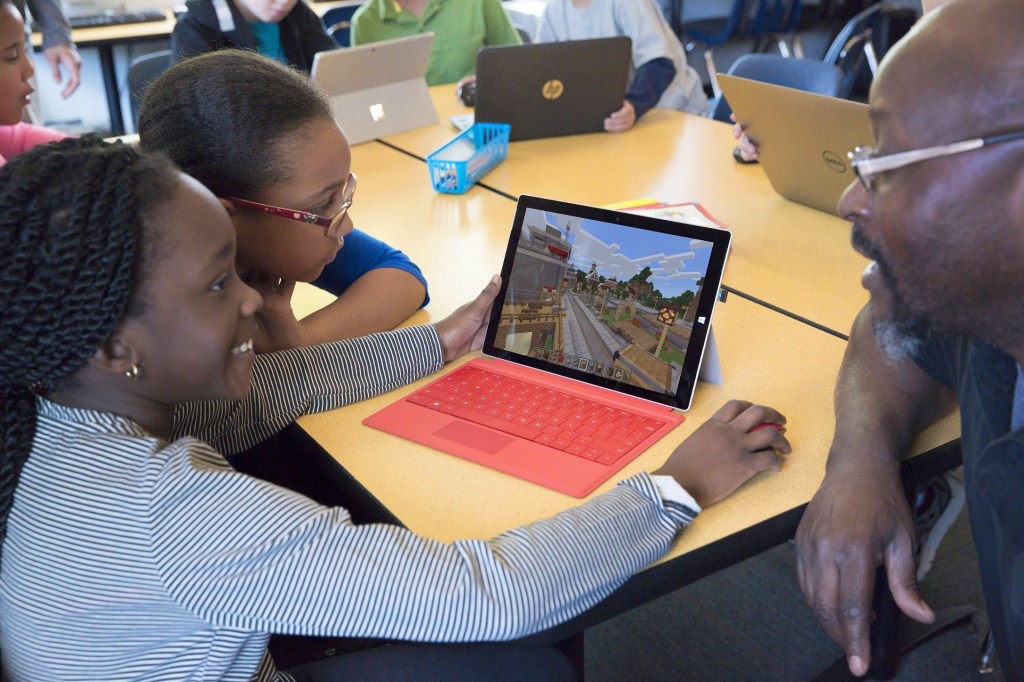
Teamwork: Students collaborate on Minecraft: E.E.
MINECRAFT EDUCATIONPlaying Along
Teachers like Minecraft. That’s because it lets students build digital
digital
 GETTY IMAGES
involving or relating to the use of computer technology
(adjective)
For one week, I lived without my phone or any other connection to the digital world.
worlds. They can show their understanding of many subjects. These include history, social studies, and science.
GETTY IMAGES
involving or relating to the use of computer technology
(adjective)
For one week, I lived without my phone or any other connection to the digital world.
worlds. They can show their understanding of many subjects. These include history, social studies, and science.
How does Aviles grade student work? He says his favorite way to grade is to log in. Then he goes into students’ worlds. “[I] play along and help them build,” Aviles says.
Aviles also enjoys talking to parents. He explains why kids are playing Minecraft in his class. “Once I’ve explained how it’s used, they’re on board,” he says.
Parents have good reason to support game-based learning. That’s what Greg Toppo says. He is the author of The Game Believes in You: How Digital Play Can Make Our Kids Smarter. He says games offer kids important opportunities. These include “a chance to learn at their own pace [and] take risks.”
Neal Manegold also supports the use of Minecraft in the school. He works at Microsoft. He says Minecraft can help the classroom become a community.
“I see students working together [and] discussing as they play,” Manegold says. “The feedback I hear from teachers is that it’s challenging to get students off of it.”





